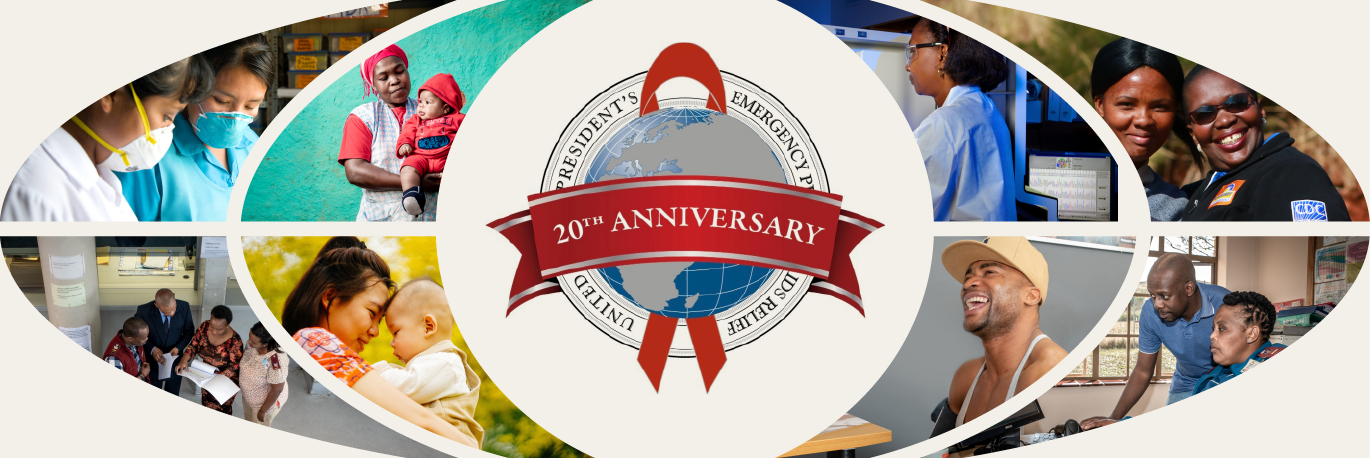Pediatric HIV Mortality
New MMWR report shows that despite receiving antiretroviral treatment for HIV, deaths among children under 5 were more common than among older children, teens, and adults on similar HIV treatment.


Each year on December 1st, CDC joins the global community to observe World AIDS Day, a day in which we raise awareness about HIV and recommit to improving the lives of people impacted by this disease worldwide. The theme for this year’s observance, “World AIDS Day 35: Remember and Commit,” calls on communities around the world to remember and honor lives lost to HIV-related illnesses and commit to efforts that end HIV as a global health threat.
On this World AIDS Day, we recognize the remarkable impact of PEPFAR over the last two decades. In that time, PEPFAR has saved 25 million lives, prevented millions of HIV infections, and supported more than 20 million people on lifesaving HIV treatment worldwide. CDC has played a critical role at every step.
